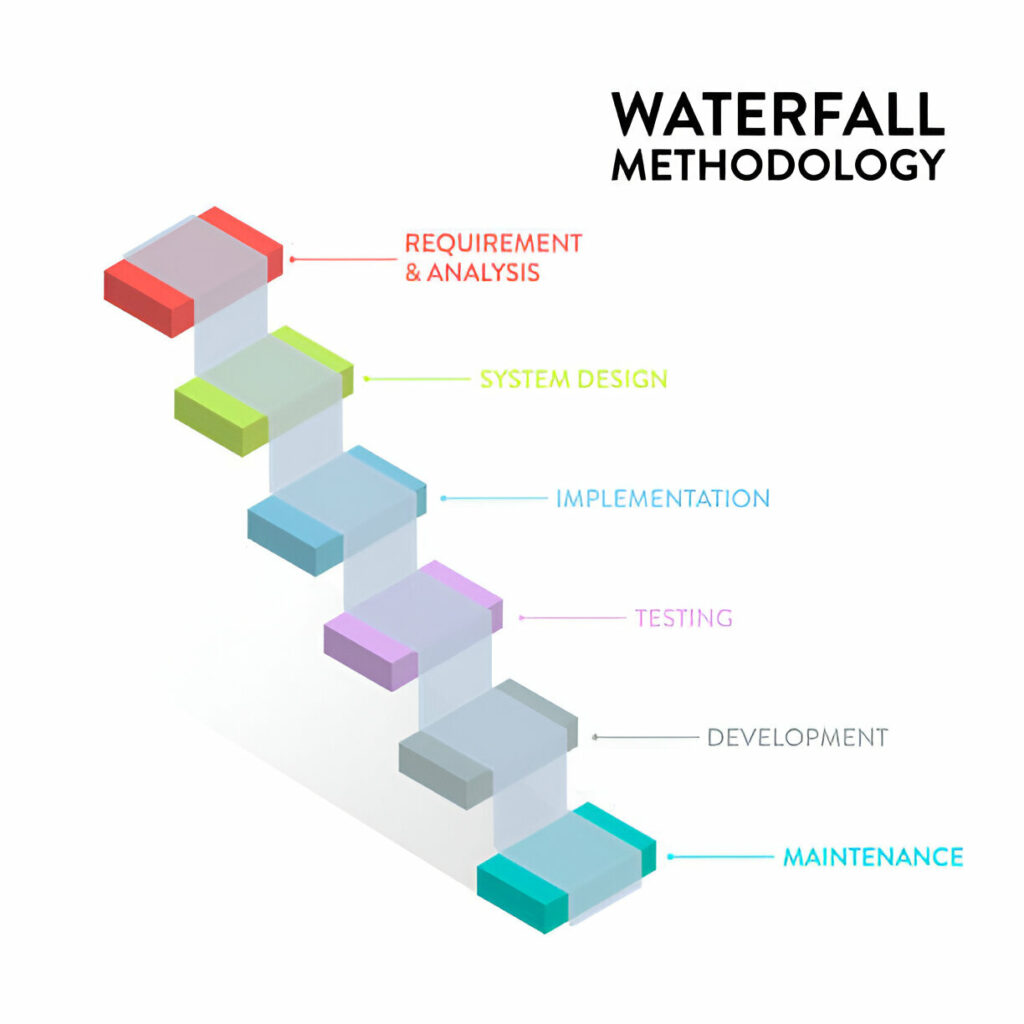Software Development
Smart Solutions for Smart Businesses
Web Solution
System Analysis
ERP & POS
Cloud & Cyber Security
App Development
What is Software Development
Software development is the systematic process of designing, coding, testing, and maintaining computer programs or applications. It encompasses a range of activities aimed at creating, enhancing, or fixing software to meet specific requirements or solve particular problems. Starting from conceptualization and planning, developers use programming languages and tools to write code that instructs a computer to perform desired functions. The development process often follows methodologies like Agile or Waterfall, ensuring efficiency and collaboration among team members. Continuous testing and debugging refine the software, addressing errors and optimizing performance. As technology evolves, software development adapts to incorporate new features, security measures, and user experiences, playing a crucial role in shaping the digital landscape and driving innovation across various industries.


Key steps in the software development process
The software development process unfolds in six vital steps. It begins with Need Identification, progresses to Requirement Analysis, followed by Design, Development, and Implementation. Rigorous Testing ensures quality, leading to Deployment. Finally, Maintenance sustains the software’s optimal performance through continuous support and updates.
Need Identification
The software development process is a systematic journey that begins with Need Identification. This crucial phase involves understanding and defining the requirements and objectives of the software. It entails collaboration between stakeholders to identify the problems, challenges, and opportunities that the software aims to address. Through thorough analysis and communication, developers gain a clear understanding of user needs, business goals, and technical specifications. This initial step lays the foundation for the entire development lifecycle, guiding subsequent stages such as planning, design, implementation, testing, and maintenance. Accurate Need Identification ensures the creation of software solutions that effectively meet user expectations and business objectives.
Requirement Analysis
Requirement Analysis is a pivotal stage in the software development process, encompassing the meticulous examination and documentation of user needs and system functionalities. During this phase, developers collaborate closely with stakeholders to define and prioritize requirements, ensuring a comprehensive understanding of the project’s scope. Through interviews, surveys, and prototyping, the team identifies essential features, constraints, and performance criteria. Clear and detailed requirement documentation serves as the blueprint for subsequent development stages, guiding design, implementation, and testing. Successful Requirement Analysis ensures that the final software product aligns precisely with user expectations, business goals, and technical specifications.
Design
Design in the software development process is a creative and strategic phase where developers translate gathered requirements into a cohesive plan. It involves architecting the system’s structure, specifying components, and defining their interactions. This step includes both high-level system architecture and detailed component design. Design decisions influence the software’s functionality, performance, and scalability. Comprehensive documentation, diagrams, and prototypes are created to guide the development team. A well-executed design phase ensures a solid foundation for implementation while considering factors like user experience and system efficiency, paving the way for the subsequent coding and testing stages in the software development lifecycle.
Testing
Testing in the software development process is a meticulous stage where the application undergoes rigorous examination to identify and rectify defects. Testers evaluate functionality, performance, and security, ensuring the software meets specified requirements. Comprehensive testing strategies, including unit, integration, and system testing, are employed to validate each component and their collective interactions. The goal is to enhance reliability, efficiency, and user satisfaction while detecting and addressing potential issues. Successful testing ensures a robust and error-free software product, laying the groundwork for a smooth deployment and minimizing the risk of post-release complications.
Deployment and Maintenance
Deployment and Maintenance mark the final stages of the software development process. Deployment involves releasing the software for use, requiring careful planning and execution to ensure a seamless transition. Developers implement the system in the target environment, addressing potential compatibility issues. Post-deployment, the Maintenance phase begins, involving ongoing support, bug fixes, and updates to adapt to evolving requirements. Continuous monitoring, user feedback, and proactive enhancements are vital to sustain optimal performance. This phase ensures the longevity and relevance of the software, fostering a responsive and adaptable system that aligns with changing needs over time.
Development and Implementation
The Development and Implementation phase is the heartbeat of software creation. In this step, the design is transformed into executable code by skilled developers. They follow coding standards, utilize appropriate programming languages, and build the software system incrementally. Rigorous testing is integral during this stage to identify and rectify errors promptly. The implementation process involves integrating various components, ensuring seamless functionality. Continuous collaboration and version control streamline the coding process. This dynamic phase bridges the gap between conceptualization and actualization, ultimately delivering a functional software product that aligns with initial requirements and design specifications.


Why Software Development is Important
Software development is crucial in today’s technological landscape, driving innovation and efficiency across various industries. It serves as the backbone for creating applications, systems, and tools that streamline processes, enhance productivity, and solve complex problems. Customized software enables businesses to adapt to unique challenges, improving overall operations and staying competitive. Moreover, software development is at the forefront of technological advancements, driving progress in artificial intelligence, machine learning, and automation. It empowers businesses to stay agile, respond to changing market demands, and deliver exceptional user experiences. From mobile apps to enterprise solutions, software development facilitates digital transformation, enabling organizations to reach wider audiences and connect with users on a global scale.
In essence, software development is the engine of digital evolution, transforming ideas into tangible solutions that propel businesses forward in an ever-evolving digital landscape. It fosters innovation, efficiency, and adaptability, making it an indispensable element for the success and growth of businesses in the modern world.